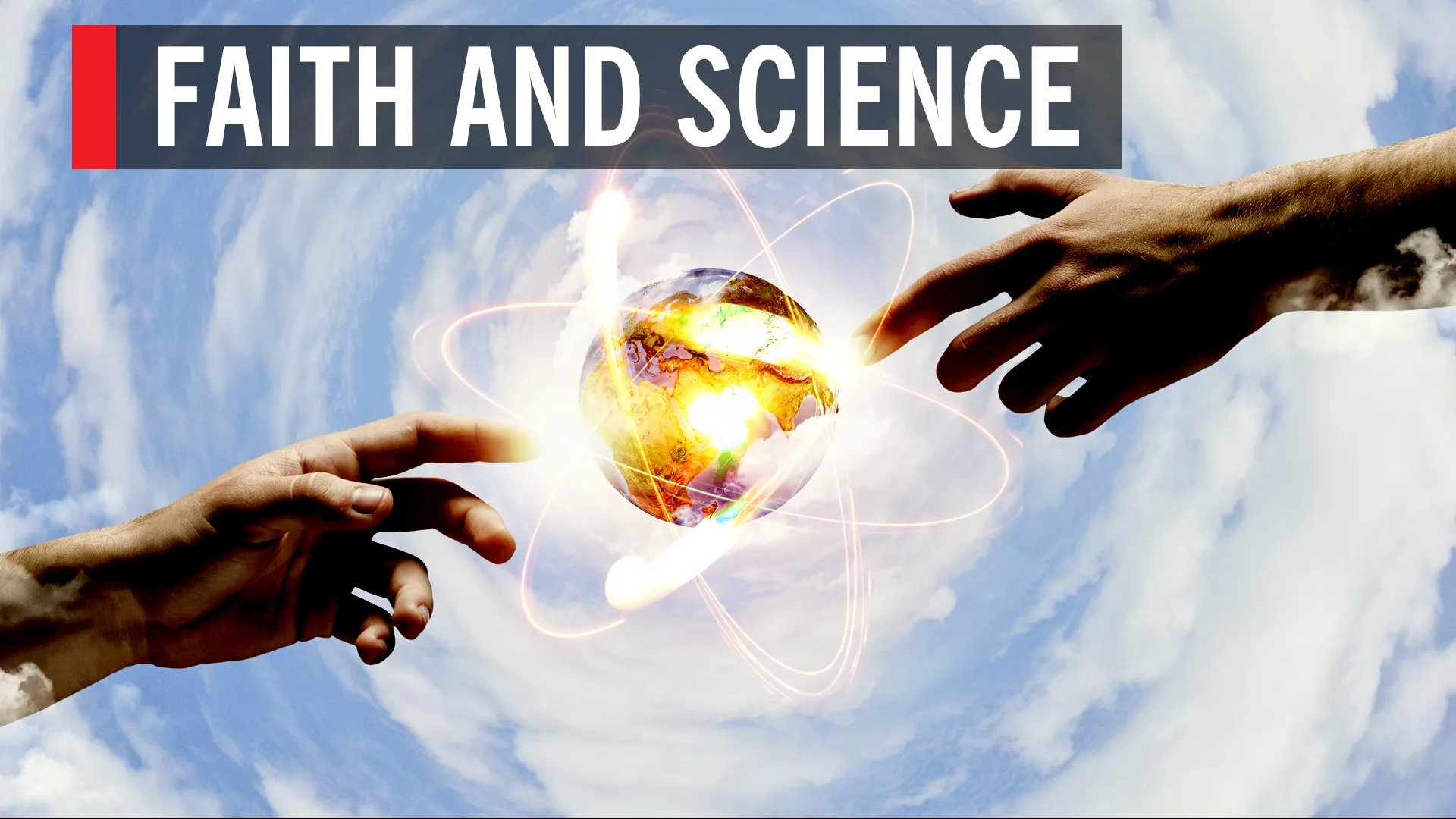
In today’s world, faith and science are often seen as two opposing forces in understanding the universe. Yet, rather than being at odds, these two lenses can complement each other, providing a more comprehensive view of existence. Donald Sheaffer’s book, It’s God’s World: Why Am I Here, explores this intricate relationship, demonstrating how faith and science can coexist and enrich our understanding of God’s plan.
The Historical Divide and Modern Reconciliation
Historically, the relationship between faith and science has been marked by tension and conflict. The most notable example is the Galileo affair in the 17th century, where Galileo’s support for the heliocentric model of the solar system was deemed heretical by the Catholic Church. This event, among others, fostered the perception that faith and science were mutually exclusive.
In modern times, however, perspectives have shifted. Many now advocate for the coexistence and complementarity of faith and science. Prominent figures in both fields argue that science and faith address different questions—science focuses on the “how” of the universe, while faith addresses the “why.” This reconciliation is evident in the works of theologians and scientists who see the divine hand in the natural world.
Examples of Harmony Between Science and the Bible
Cosmology: Big Bang Theory and the Creation Narrative The Big Bang theory, which describes the universe’s origin, aligns with the biblical creation narrative. Both suggest a beginning to the universe, pointing to a moment of creation. While the scientific explanation details the physical processes, the biblical account provides a spiritual context, attributing the creation to a divine act.
Biology: DNA as the Language of God The discovery of DNA’s complex structure has been described as uncovering the “language of God.” The intricate design and information encoded within DNA suggest a higher intelligence at work. This perspective is shared by scientists like Francis Collins, who see no conflict between their faith and scientific discoveries.
Physics: Laws of Nature and Divine Order The laws of physics that govern the universe reflect an underlying order that many believe points to a Creator. The predictability and consistency of these laws suggest a universe designed with purpose and intention, reinforcing the biblical view of a world created and sustained by God.
Case Studies
Prominent Scientists of Faith: Historical figures like Isaac Newton and contemporary scientists like Francis Collins illustrate how faith and science can coexist. Newton’s groundbreaking work in physics was driven by his belief in a rational, ordered universe created by God. Similarly, Collins, the director of the National Institutes of Health and leader of the Human Genome Project, is a devout Christian who sees his scientific work as a means to understand God’s creation.
Scientific Discoveries Reinforcing Biblical Principles: Scientific advancements often reinforce biblical principles. For instance, the fine-tuning of the universe’s physical constants supports the notion of a purposeful creation. This alignment between scientific discovery and biblical teaching underscores the harmony between the two fields.
Theological Insights
Biblical Interpretation Supporting Scientific Inquiry: Many biblical interpretations support scientific inquiry, viewing the study of the natural world as a way to understand God’s creation better. Scripture encourages believers to seek knowledge and wisdom, which can be achieved through both spiritual and scientific means.
Enhancing Faith Through Science: Understanding science can enhance faith by revealing the complexity and beauty of God’s creation. The more we learn about the universe, the more we can appreciate the divine craftsmanship involved. This deeper understanding can strengthen faith and provide a richer perspective on the world.
Practical Applications
Embracing Both Faith and Science in Daily Life: Encouraging a mindset that embraces both faith and science can lead to a more holistic understanding of the world. This integrated approach allows individuals to draw on the strengths of both perspectives, leading to a more balanced and informed worldview.
Educational Resources and Communities: Numerous resources and communities support the integration of faith and science. Organizations like BioLogos, founded by Francis Collins, provide educational materials that reconcile scientific findings with biblical teachings. These resources help individuals navigate the complexities of both fields.
Conclusion
The intersection of faith and science offers a comprehensive lens through which to view the universe. By understanding and embracing both perspectives, we can gain a deeper appreciation of God’s plan. Donald Sheaffer’s book, It’s God’s World: Why Am I Here, encourages us to explore this intersection further, enriching our understanding of both faith and science.